Leopard geckos have long been popular pets, cherished for their distinctive appearance and relatively simple care requirements. However, one aspect of leopard gecko husbandry that continues to spark debate among enthusiasts, breeders, and reptile veterinarians is the need for UVB lighting. For decades, conventional wisdom has held that leopard geckos, as crepuscular desert-dwellers, don’t require UVB exposure like many other reptiles do. But recent scientific research has begun to challenge this long-standing belief, creating a divide between traditional husbandry methods and emerging evidence-based practices. This article aims to explore the relationship between leopard geckos and UVB lighting, separating myth from reality to help gecko owners make informed decisions about their pets’ care.
The Natural Habitat of Leopard Geckos

Leopard geckos (Eublepharis macularius) are native to the arid and semi-arid regions spanning from the Middle East through Pakistan, Afghanistan, and parts of India. In their natural habitat, these geckos typically shelter during the day in burrows, rock crevices, and other shaded areas, emerging primarily at dusk and dawn to hunt. This crepuscular lifestyle means that in the wild, leopard geckos do receive some natural UVB exposure, albeit significantly less than diurnal reptiles that bask in direct sunlight. The geographic regions they inhabit experience intense sunlight, and even during their active periods at dawn and dusk, they receive some UVB radiation that filters through the atmosphere. Understanding their natural behavior and environment is crucial for replicating appropriate conditions in captivity that promote optimal health and well-being.
Understanding UVB and Its Role in Reptile Health

UVB (ultraviolet B) is a specific band of ultraviolet light with wavelengths ranging from 280 to 315 nanometers. In reptiles, UVB exposure plays a crucial role in the synthesis of vitamin D3, which is essential for calcium metabolism and overall skeletal health. Without adequate vitamin D3, reptiles may develop metabolic bone disease (MBD), a serious condition characterized by weakened bones, deformities, and potentially fatal complications. While UVB lighting has long been considered essential for diurnal species like bearded dragons and iguanas, its importance for crepuscular and nocturnal species has been more controversial. Recent studies, however, suggest that many reptile species, regardless of their activity patterns, may benefit from some level of UVB exposure, challenging traditional care paradigms and prompting a reevaluation of leopard gecko husbandry practices.
The Traditional View: Why UVB Was Considered Unnecessary

Traditionally, leopard geckos have been kept without UVB lighting based on the understanding that they naturally receive minimal UV exposure in the wild due to their crepuscular habits. This view was reinforced by the fact that leopard geckos can obtain vitamin D3 through their diet, particularly by consuming insects that have been dusted with vitamin supplements. For decades, breeders and keepers have successfully maintained leopard geckos using this approach, with many geckos living long lives without apparent UVB-related health issues. Additionally, early reptile-keeping literature often emphasized the risk of over-exposure to UVB, warning that improper lighting could cause eye damage or skin burns, further discouraging the use of UVB for species not deemed to “require” it. This conservative approach became deeply ingrained in care guidelines and was passed down through generations of gecko keepers.
Recent Research: Challenging the No-UVB Paradigm
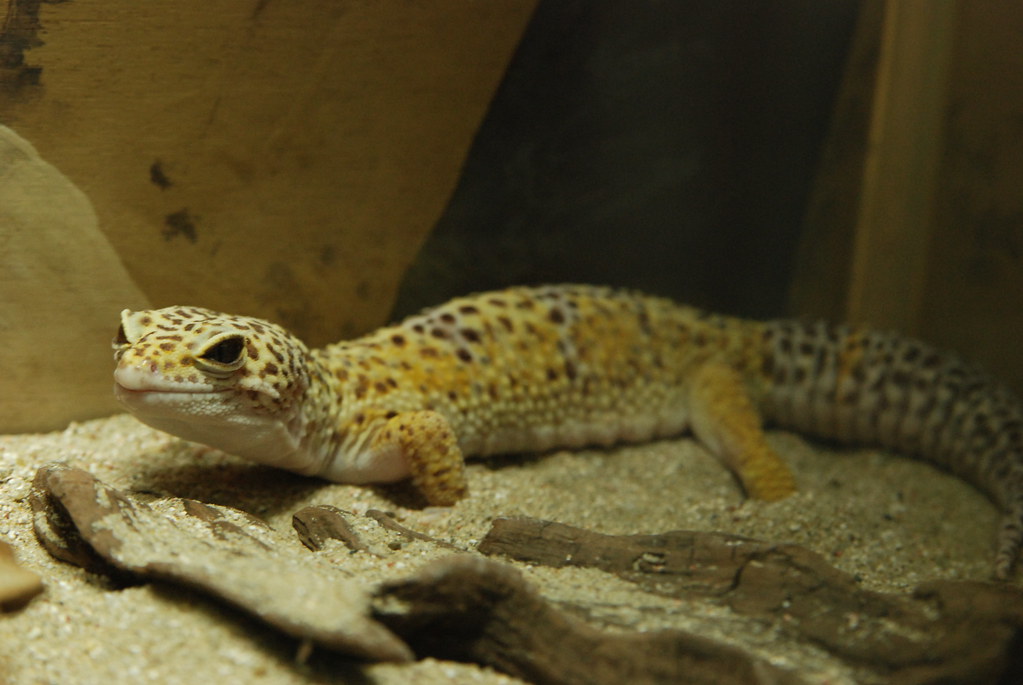
Emerging research has begun to challenge the traditional view that leopard geckos don’t benefit from UVB exposure. Studies examining wild leopard gecko behavior have revealed that they may receive more UVB exposure than previously thought, with some individuals engaging in cryptic basking behaviors by positioning themselves near burrow entrances or under partial cover where they receive filtered UVB. Laboratory research has demonstrated that leopard geckos provided with UVB lighting show higher serum vitamin D3 levels compared to those maintained on dietary supplementation alone, suggesting they can indeed synthesize vitamin D3 through their skin when exposed to appropriate UVB levels. Furthermore, long-term studies tracking health outcomes have indicated potential benefits in bone density, immune function, and natural behaviors in leopard geckos provided with low levels of UVB. These findings have prompted many veterinarians specializing in exotic pets to revise their recommendations, now suggesting that modest UVB provision may be beneficial rather than merely optional.
Vitamin D3: Dietary vs. UVB-Synthesized

A central question in the UVB debate concerns the relative effectiveness of dietary vitamin D3 versus that synthesized through UVB exposure. When leopard geckos consume prey dusted with vitamin D3 supplements, they obtain the vitamin directly, which can support their calcium metabolism. However, research in other reptile species suggests that the body may regulate UVB-synthesized vitamin D3 more efficiently than dietary sources, preventing potential toxicity from over-supplementation. UVB-derived vitamin D3 production creates a self-regulating system where the reptile’s body produces only what it needs, potentially reducing the risk of hypervitaminosis D that can occur with excessive dietary supplementation. Additionally, some studies indicate that the vitamin D3 pathway activated through UVB exposure may provide ancillary health benefits beyond those achieved through diet alone, including improved immune function and natural behaviors such as improved appetite and activity levels.
Metabolic Bone Disease: Prevention Strategies
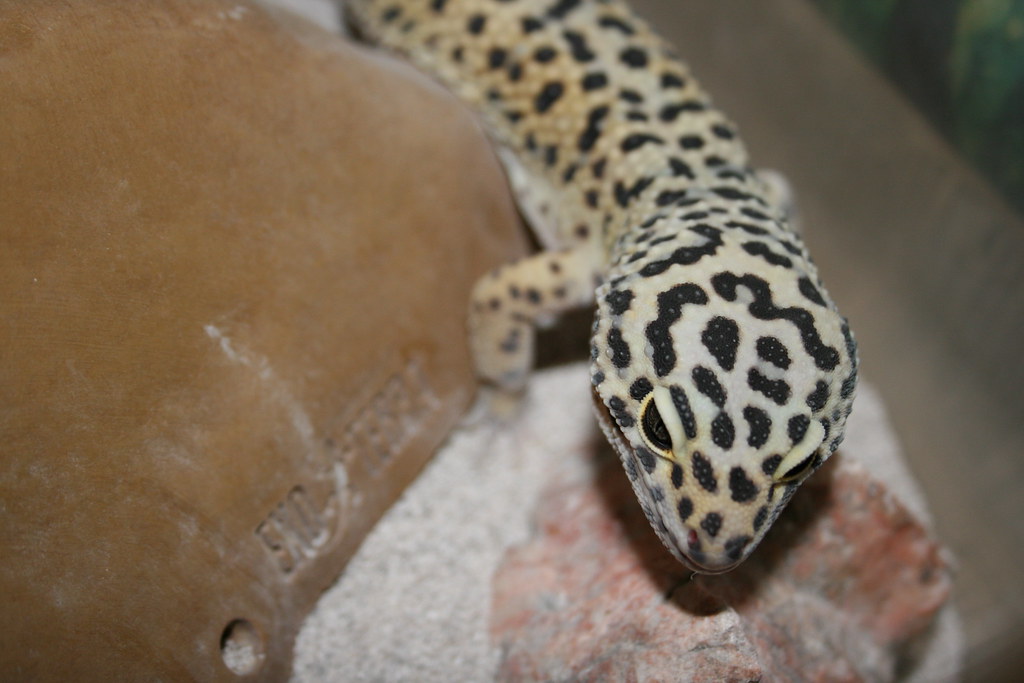
Metabolic Bone Disease (MBD) remains one of the most common and serious health issues affecting captive reptiles, including leopard geckos. This condition results from calcium deficiency, often due to inadequate vitamin D3 levels needed for calcium absorption and utilization. Traditional prevention strategies have focused on dietary calcium supplementation and vitamin D3 dusting of feeder insects, which can be effective when implemented consistently. However, adding appropriate UVB lighting provides an additional layer of protection against MBD by enabling the gecko to synthesize its own vitamin D3 as needed. This dual approach—combining proper supplementation with low-level UVB provision—represents a comprehensive strategy for preventing MBD that accounts for potential inconsistencies in supplementation or individual variations in dietary vitamin D3 absorption. For leopard geckos with a history of calcium issues or those showing early signs of MBD, veterinarians increasingly recommend the addition of UVB lighting as part of a holistic treatment plan.
Behavioral Benefits of UVB Provision
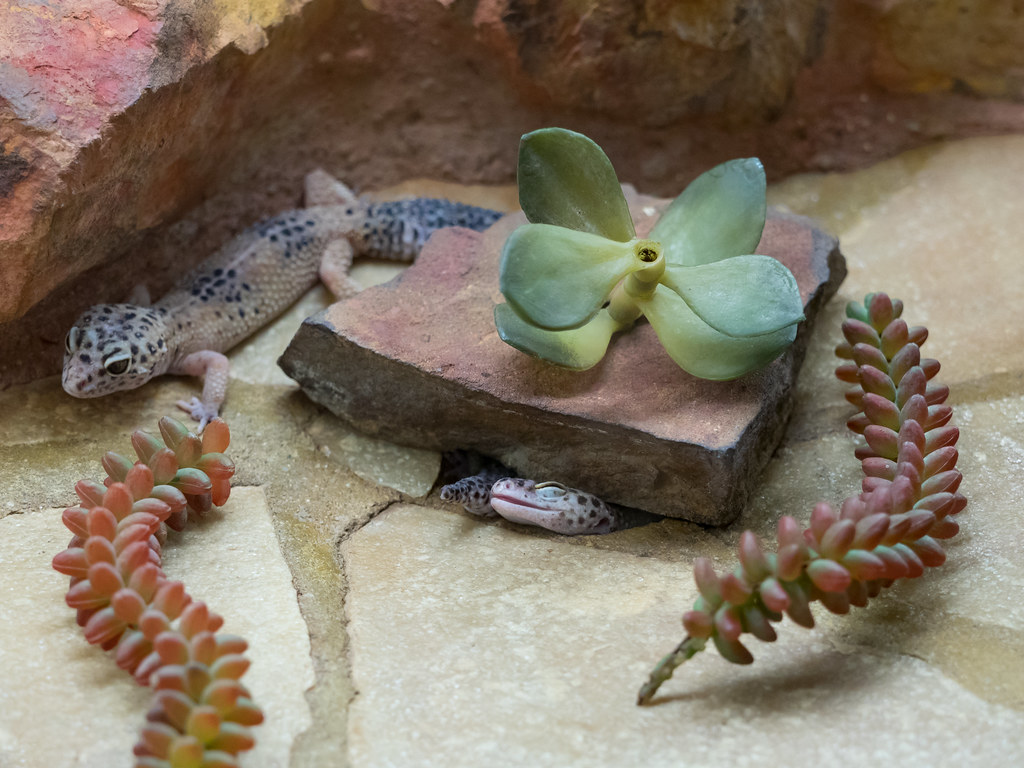
Beyond the physiological impacts, providing UVB lighting may influence leopard gecko behavior in positive ways. Keepers who have introduced appropriate UVB lighting to their setups often report increased activity levels, improved feeding responses, and more natural behaviors in their geckos. Some leopard geckos will deliberately position themselves to receive filtered UVB exposure, suggesting they may be able to self-regulate their UV intake based on physiological needs. Breeding facilities that have incorporated UVB lighting have noted improved reproductive success in some cases, with females producing more viable eggs and showing better post-laying recovery. Additionally, exposure to natural light cycles, including the UVB component, may help regulate circadian rhythms in captive geckos, potentially improving overall well-being and stress levels. These behavioral observations, while sometimes anecdotal, align with what we understand about the complex relationship between environmental factors and reptile behavior.
Appropriate UVB Levels and Exposure Times
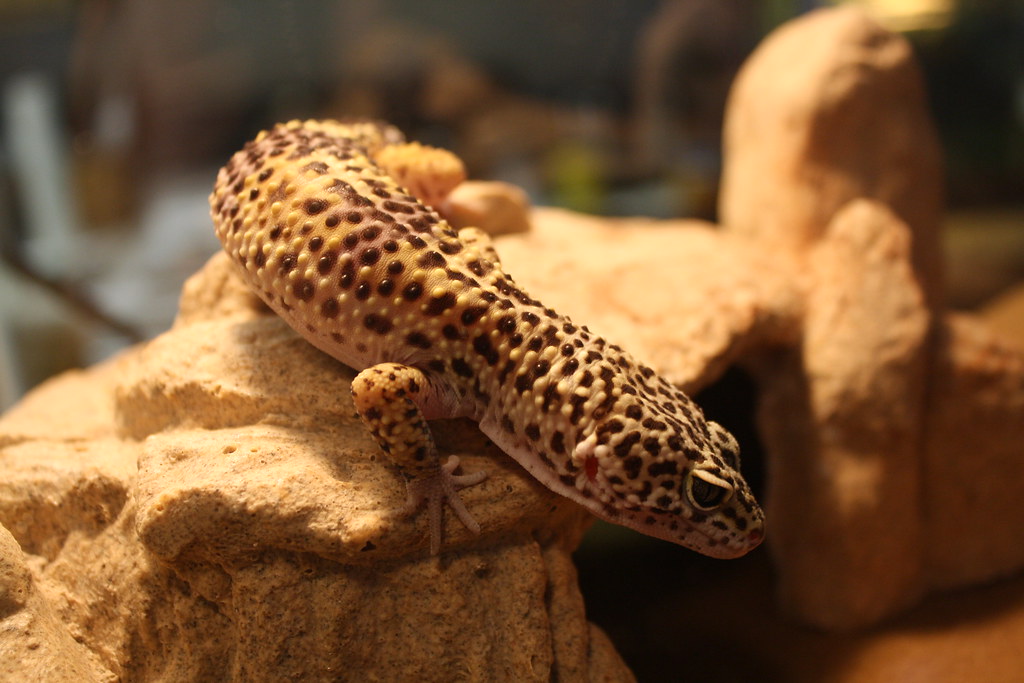
If providing UVB to leopard geckos, the key consideration is moderation. Unlike basking species that require high UVB levels, leopard geckos benefit from low-intensity UVB exposure that mimics their natural filtered sunlight experience. The current recommendation by many reptile veterinarians is to use low-output UVB bulbs (2-5% UVB) placed at an appropriate distance from the gecko’s favorite resting spots. Creating a UVB gradient is essential, allowing the animal to move between areas of different UVB intensity and completely UVB-free zones. The lighting should be maintained on a regular 12-14 hour cycle to match natural day/night patterns, and bulbs should be replaced according to manufacturer recommendations, typically every 6-12 months, as UVB output diminishes over time even when the visible light appears unchanged. Regular monitoring with a UVB meter can help ensure that appropriate levels are maintained within the enclosure.
UVB Equipment Options for Leopard Gecko Enclosures

The market offers several UVB lighting options suitable for leopard gecko enclosures, each with specific advantages. Compact fluorescent UVB bulbs are economical and fit in standard fixtures, making them accessible for most keepers, though their UVB output tends to diminish significantly after 6 months. Linear fluorescent T5 or T8 UVB tubes provide more even coverage and typically have a longer effective lifespan, making them increasingly popular for larger enclosures. Mercury vapor bulbs combine UVB output with heat, which can simplify setup but requires careful monitoring to prevent overheating in smaller enclosures. For leopard geckos specifically, choosing lower-output options (2-5% UVB) is crucial, as higher-percentage bulbs designed for desert-dwelling diurnal species may provide excessive UVB exposure. Whichever option is selected, the bulb should be mounted according to the manufacturer’s distance recommendations and positioned to create a gradient of UVB intensity throughout the enclosure.
Potential Risks and Concerns with UVB
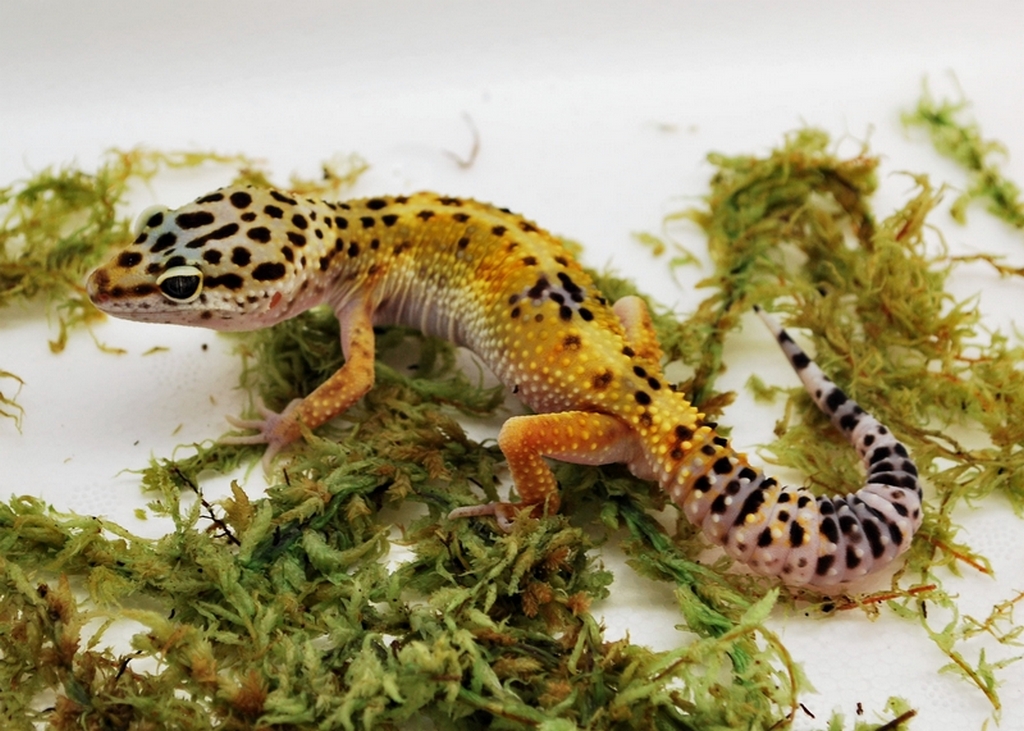
While there are many potential benefits to providing appropriate UVB lighting for leopard geckos, improper implementation carries risks that must be addressed. Excessive UVB exposure can lead to eye damage, skin burns, or even systemic issues like hypervitaminosis D if the gecko cannot escape the radiation. Inadequate cage setup, particularly lack of hiding places or shade, can force geckos to receive more UVB than is beneficial, potentially causing stress and health problems. There are also concerns about the interaction between UVB provision and vitamin D3 supplementation, with some experts warning about the potential for overdosing when both are provided without careful management. Additionally, the cost of quality UVB equipment and the need for regular bulb replacement may create a financial burden for some keepers, potentially leading to the use of outdated, ineffective bulbs that no longer produce adequate UVB while still emitting visible light.
The Middle Ground: A Balanced Approach

Given the evolving understanding of leopard gecko husbandry, many experts now advocate for a balanced approach that incorporates elements of both traditional and newer care methods. This middle ground typically includes providing low-level UVB lighting as an option for the gecko, while maintaining a proper supplementation routine with calcium and vitamin D3 as a backup system. Creating a proper habitat with multiple hiding spots, temperature gradients, and varying levels of UVB exposure allows the gecko to self-regulate based on its physiological needs. This approach acknowledges both the traditional success of keeping leopard geckos without UVB and the emerging evidence suggesting potential benefits of appropriate UVB provision. Importantly, this balanced methodology emphasizes careful observation of the individual animal’s behavior and health, allowing for adjustments to care practices based on how each gecko responds to its environment.
Veterinary Perspectives on UVB for Leopard Geckos
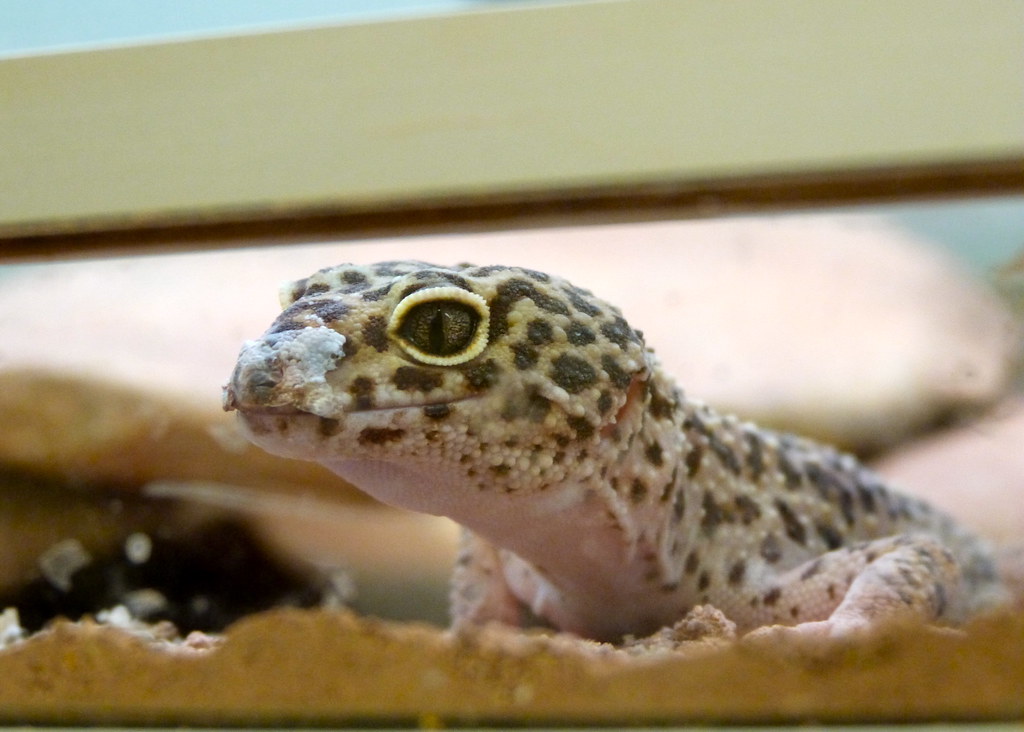
The veterinary community’s stance on UVB for leopard geckos has evolved significantly over the past decade. Many reptile specialists now recommend some UVB provision, particularly for animals showing signs of calcium metabolism issues despite proper supplementation. Veterinarians emphasize that UVB should be viewed as one component of a comprehensive husbandry approach rather than a single solution to health concerns. In clinical settings, reptile veterinarians often report seeing fewer cases of metabolic bone disease in leopard geckos kept with appropriate UVB lighting compared to those maintained solely on dietary supplementation. When consulting with a veterinarian about leopard gecko care, it’s important to discuss both the benefits and appropriate implementation of UVB lighting for your specific animal, taking into account factors such as age, health status, and reproductive condition. The growing consensus among exotic animal specialists suggests that while leopard geckos can survive without UVB, providing appropriate levels may contribute to optimal rather than merely adequate health.
Conclusions: Making Informed Decisions for Your Gecko

The debate surrounding UVB provision for leopard geckos highlights the evolving nature of reptile husbandry and the importance of remaining open to new research. While leopard geckos have certainly been kept successfully for decades without UVB lighting, emerging evidence suggests that providing appropriate low-level UVB exposure may offer health and behavioral benefits that enhance their captive experience. Each gecko owner must weigh the available evidence, consider their individual animal’s needs, and make informed decisions based on both established practices and current research. When implementing UVB lighting, it’s essential to choose appropriate equipment, create proper gradients, and maintain vigilant observation of the animal’s response. Whether you choose to provide UVB or not, ensuring proper calcium and vitamin supplementation, appropriate temperatures, and adequate habitat design remains fundamental to leopard gecko care. The ultimate goal should be to provide these fascinating reptiles with an environment that supports not just survival, but optimal well-being and natural behaviors.

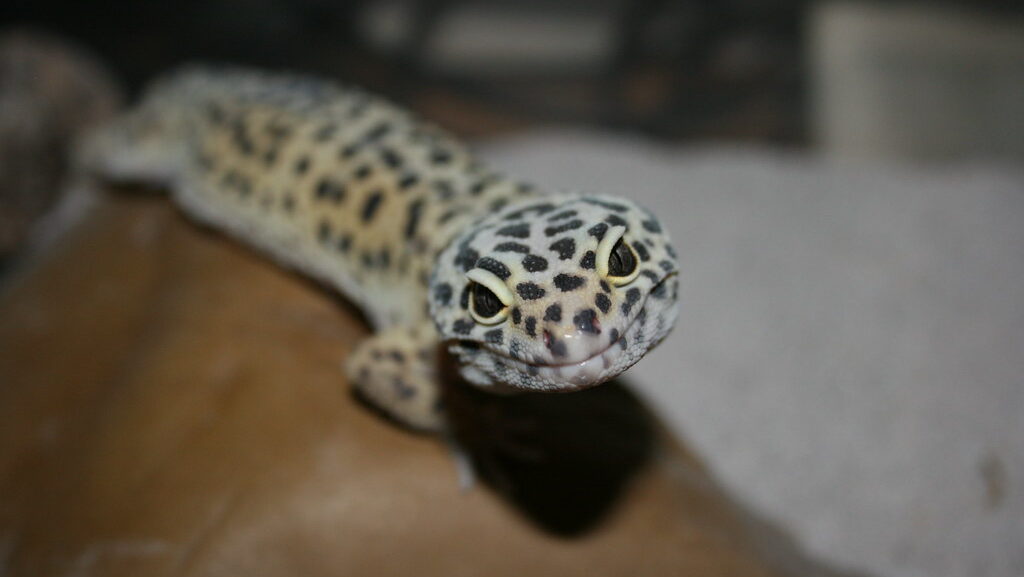





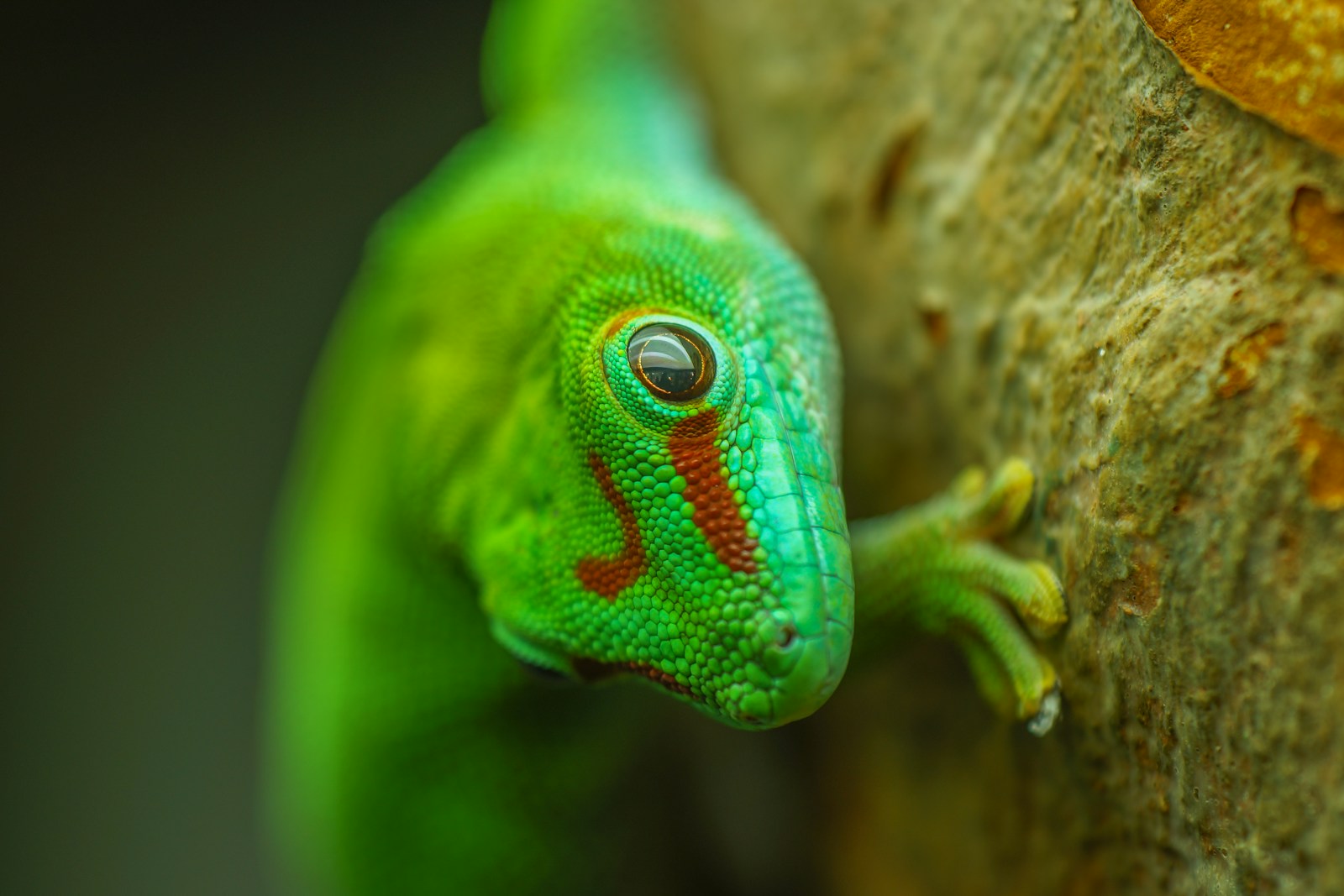
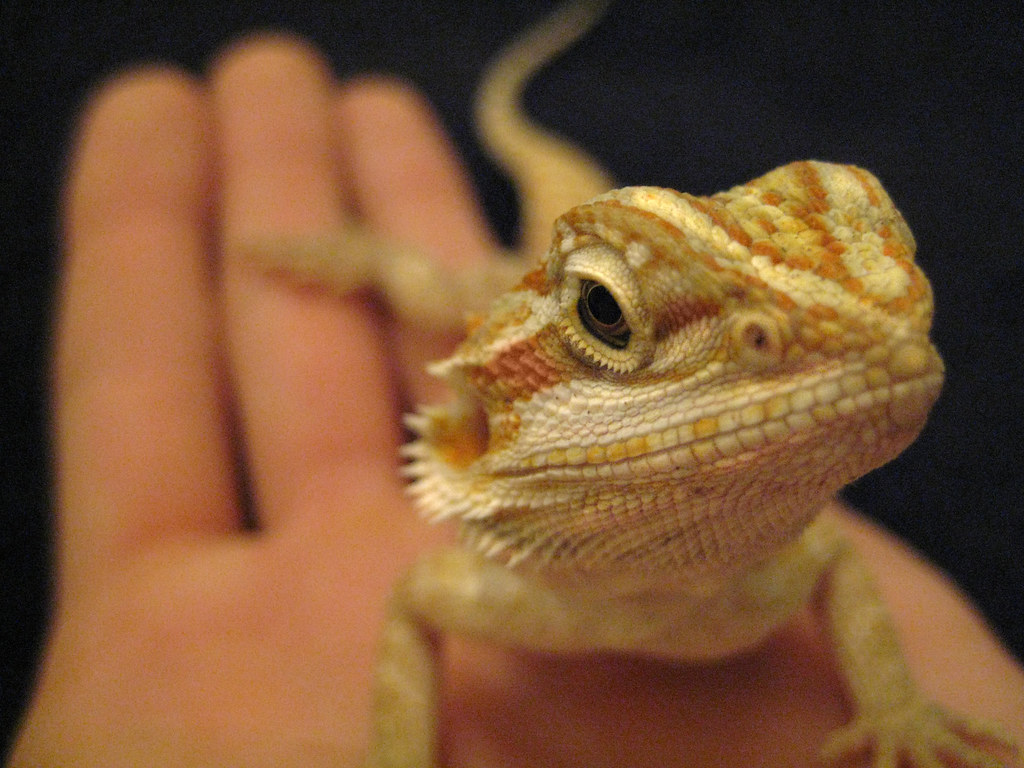


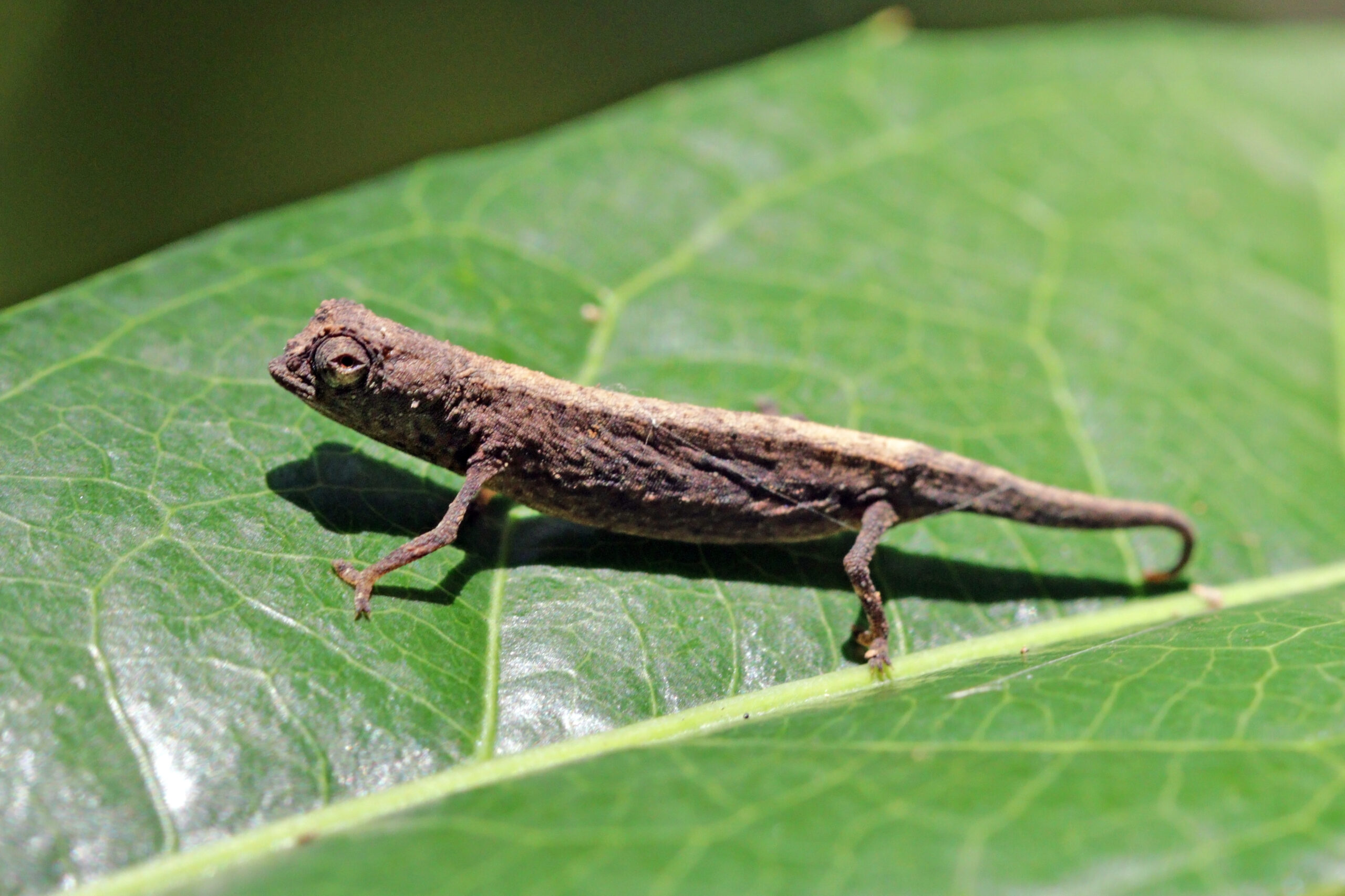




Leave a Reply